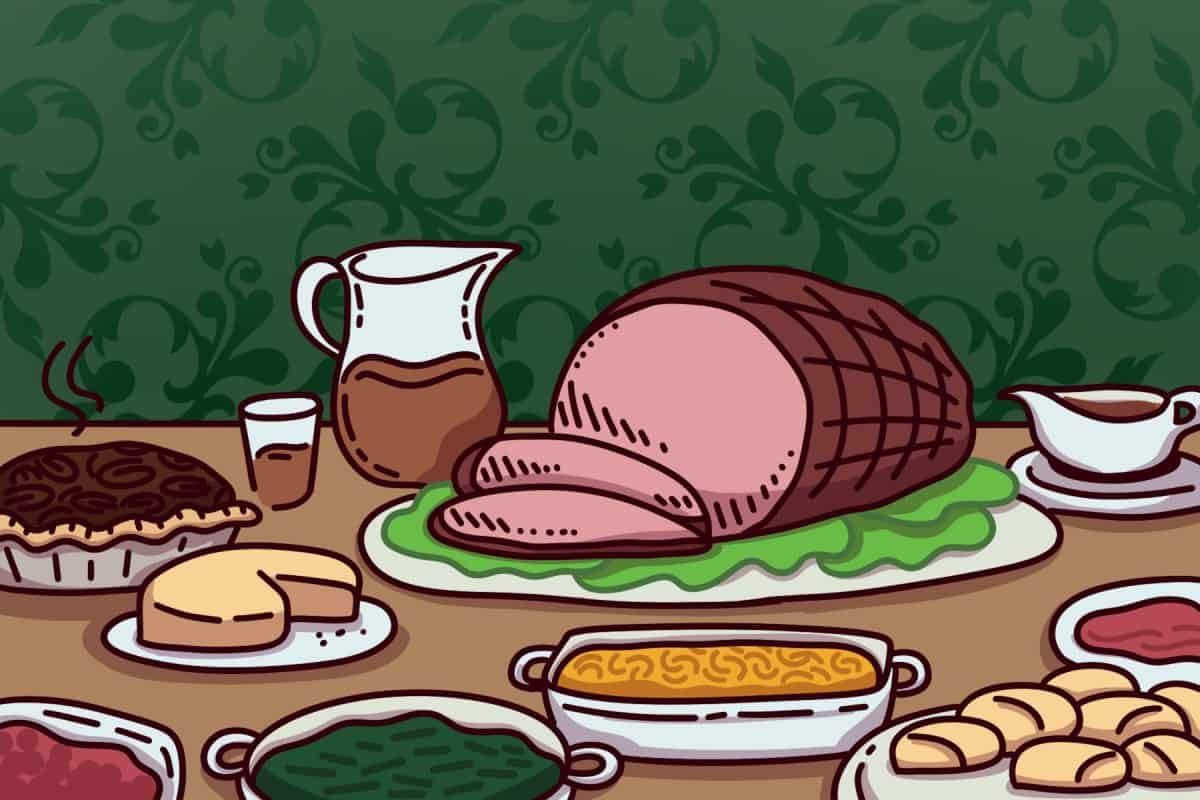On Dec. 26, 1941, then-President Franklin Roosevelt signed a resolution to make Thanksgiving a federally recognized holiday. Ever since, Americans have made pilgrimages across the nation to gather with family and friends to celebrate history older than our nation and enjoy a buffet of foods.
A nation that spans from the Atlantic to the Pacific is bound to have regionally different food traditions. While foods like collard greens, macaroni and cheese, and yams are typically eaten on Thanksgiving across the nation, these are staple foods in the Southern diet. Even if most might not realize it, at the dinner table Southern Americans celebrate the collaborative harvest of Black, Indigenous and European food cultures.
Angela Jill Cooley, an associate professor of history at Minnesota State University and author of “To Live and Dine in Dixie,” said she believed food traditions in the South mixed along economic lines sometime after World War II.
“A lot of foods that people think of as Southern specialties were foods that poor people would have eaten,” Cooley said. “Once their families became more affluent, maybe middle class, it enabled foodways to cross class boundaries.”
Chuck Clark, a senior instructor of history at The University of Alabama, also said that Southern foods crossed racial and economic boundaries in the 20th century but hypothesized that it happened earlier, in the late 1910s to early 1920s.
One example Cooley gave were black-eyed peas, which are thought of today as soul food but were once used as fodder for farm animals. Cooley said traditional foodways originating from Black Americans crossed racial boundaries into white homes very early in American history.
“Black women and men have really been the basis of agricultural and cooking traditions in the South since the period of slavery and through Jim Crow, and so a lot of the foods made in white-owned kitchens were meals prepared by African Americans,” Cooley said.
The introduction to new foods across racial lines functioned as a two-way street. Black Americans influenced the tastes of white Americans, and they often brought home popular European dishes that they had cooked for white families.
“Macaroni and cheese uses Italian pasta put together with a French cheese sauce brought to the United States in the early 19th century,” Clark said. He also said that Thomas Jefferson, who owned slaves, was one of many who popularized macaroni and cheese, making it a staple dish in the American South.
Cooley said that baking recipes for pies and cakes were inspired by European food traditions as well. Cooking techniques used for barbecues were either developed or used by Black Americans.
Many of the foods eaten in Southern homes bring together ingredients indigenous to North America like corn, sweet potatoes and collard greens; cooking techniques from Africans and Europeans; and even spices from Asia Minor, such as paprika, cinnamon and nutmeg.
Together, these foods and cooking traditions collectively help to define the American South beyond geography.
“Thanksgiving foods help to reinforce our sense of identity. It isn’t just having enough to eat, but getting to choose what to eat. As families became wealthier, they craved the foods they grew up with,” Clark said. “That’s when we see the birth of a regionalized, homogenous Southern identity.”









